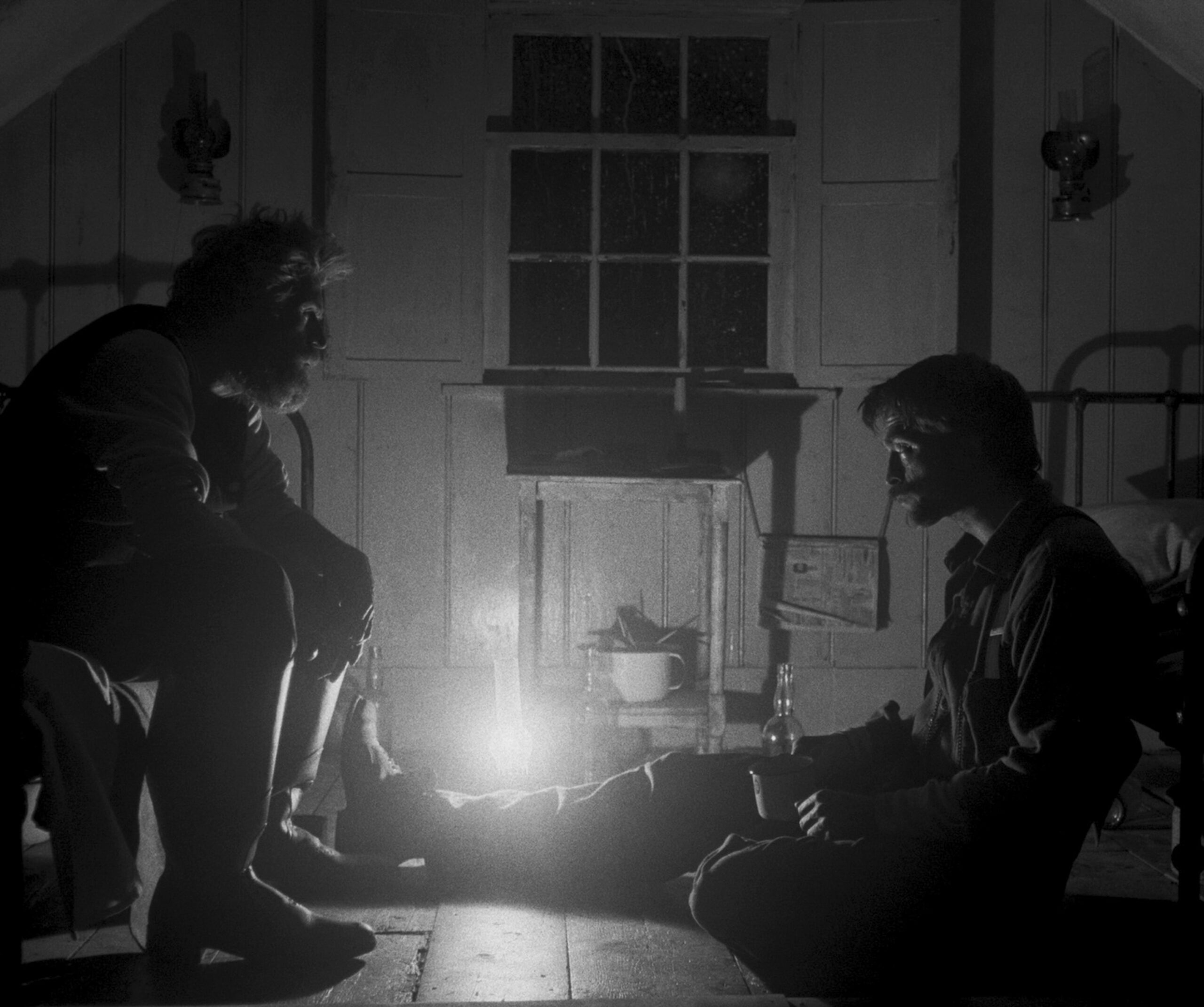Commissioned by the National Museums of Cagliari – comprising the National Archaeological Museum, the San Pancrazio Space, the Ex Regio Museum, and the 19th-century Cannon Chambers – the new design for the Pinacoteca Nazionale of Cagliari was driven by the need to refresh its outdated setup from the 1990s. The goal was to bring the space up to modern exhibition standards, creating new partitions, display cases, entrance portals, contemporary services, updated flooring, and, most importantly, a new lighting system to enhance the preservation and appreciation of the artworks.

Architect and lighting designer Michele Schintu, known for his work on the illumination of Palazzo Tirso, was entrusted with the project. Schintu had previously led the lighting design to restore the retables (large altarpieces) at the Pinacoteca between 2019 and 2020. With his firm, essequadro | p, he completed the project, designing and overseeing this new phase of work as well.

A Perfect Lighting System for Artwork Preservation
The new lighting system integrates specialized, concealed fixtures with advanced optics to provide uniform lighting from close distances. The lighting minimizes reflections on the artwork while ensuring maximum uniformity and a high colour rendering index (CRI).
«We decided to illuminate all wall-mounted works from below», explains Schintu, «due to the height of the Pinacoteca and the slope of the ceiling, which made it impossible to achieve optimal distances for overhead lighting. Additionally, this bottom-up approach replicates the original candlelight effect these works would have had when displayed in the now-demolished Church of San Francesco in the Stampace district of Cagliari.»
The lighting is uniformly distributed, with all fixtures providing a colour temperature of 3000K and a CRI above 95. The entire lighting system is controlled via a Bluetooth system operable from a tablet.

Highlighting the St. Christopher Altarpiece
Originally displayed on the lower floor of the Pinacoteca, the St. Christopher altarpiece now takes center stage, suspended in the open space created by the double-height section of the Pinacoteca. This placement allows full visibility of the more than five-meter-tall retable, a solution determined by in-depth structural and exhibition studies.
«The suspension», adds Schintu, «is positioned above the area dedicated to contemporary art exhibitions. As visitors explore the underground gallery, they naturally look up, discovering both the Pinacoteca’s architecture and a unique view of the altarpiece. It serves as a **symbolic reminder of contemporary art».
Additionally, a video mapping feature has been installed, offering an educational – not historical – reconstruction of what the altarpiece might have originally looked like, including the statue of St. Francis receiving the stigmata.

The Influence of Color in the Lighting System
The background colour of the main rooms on the first and mezzanine floors mirrors the prevalent tones in 15th-century works: green, a shade specifically created for these spaces. Schintu explains, «Green is commonly used in the background and the clothing of figures depicted in the artworks. Additionally, the darker background colour enhances the luminance balance between the illuminated artwork and its surroundings, allowing for lower light levels while still making the pieces visually prominent.»

The New Display Cases
As part of the redesign, five new display cases were built at the request of Director Dr. Francesco Muscolino, each equipped with custom-made, miniaturized lighting systems designed specifically for the objects on display. These cases now showcase liturgical items from the collection that had never been exhibited before. Additionally, the new rubber flooring, which replaces the old cork material, enhances both the acoustics and the overall appearance of the Pinacoteca.







